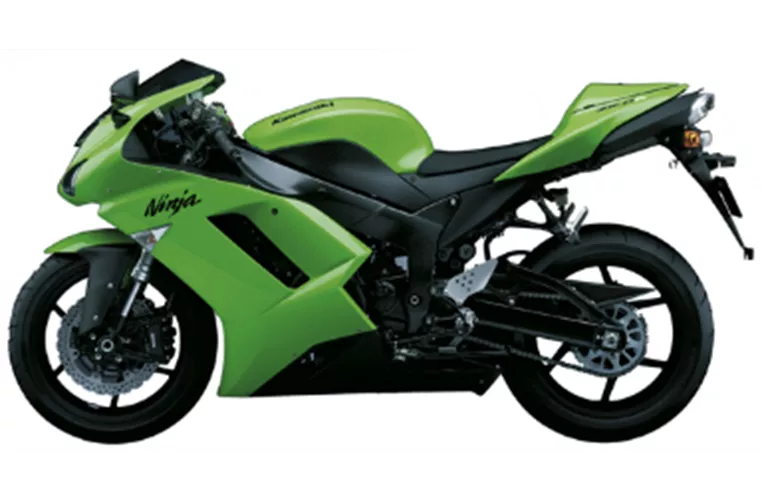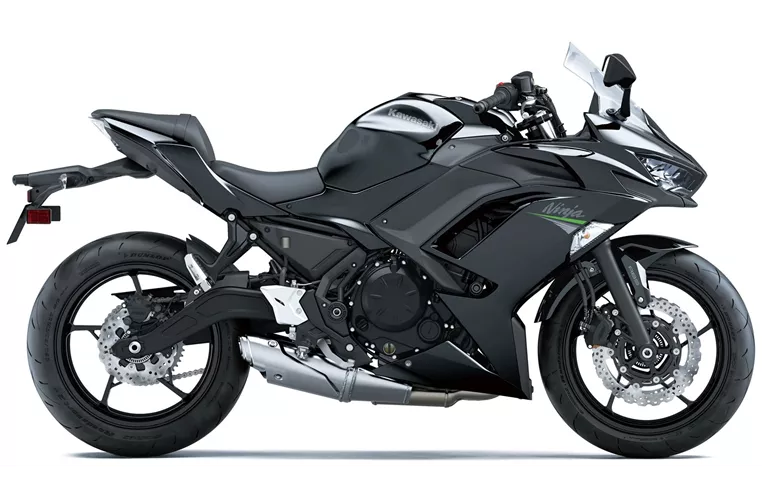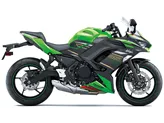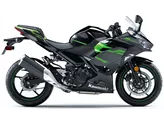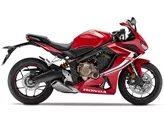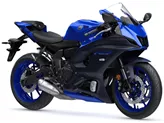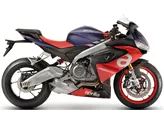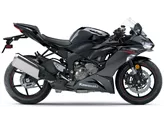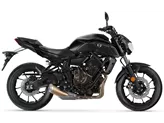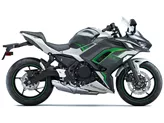Kawasaki Ninja ZX-6R 2008 vs. Kawasaki Ninja 650 2020
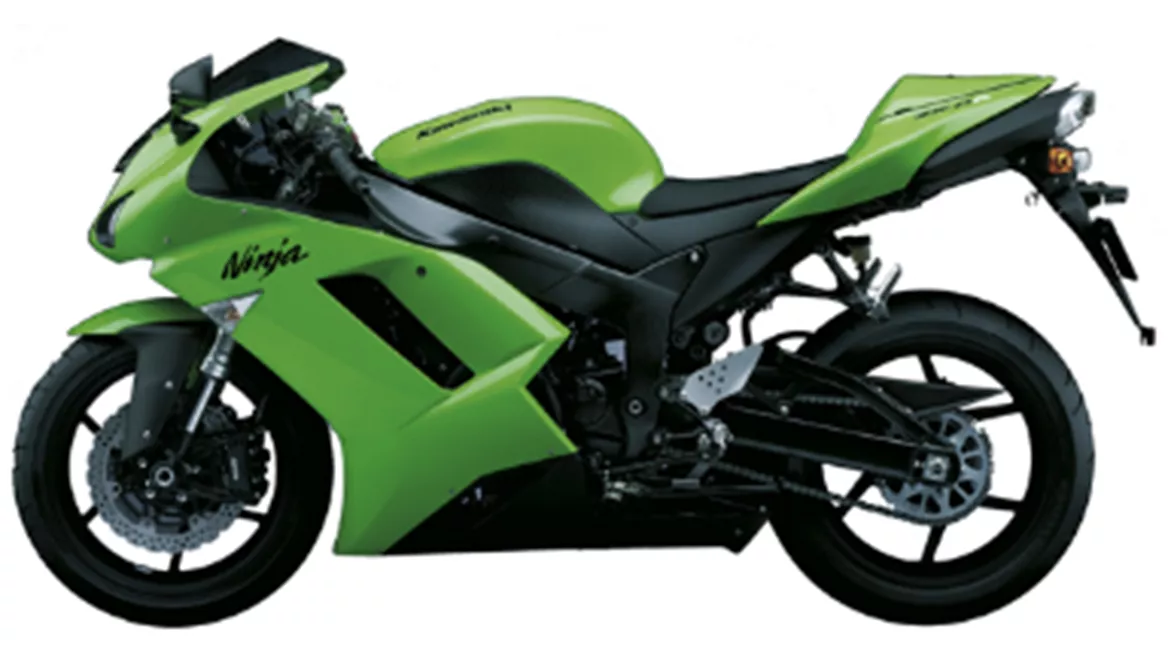
Kawasaki Ninja ZX-6R 2008
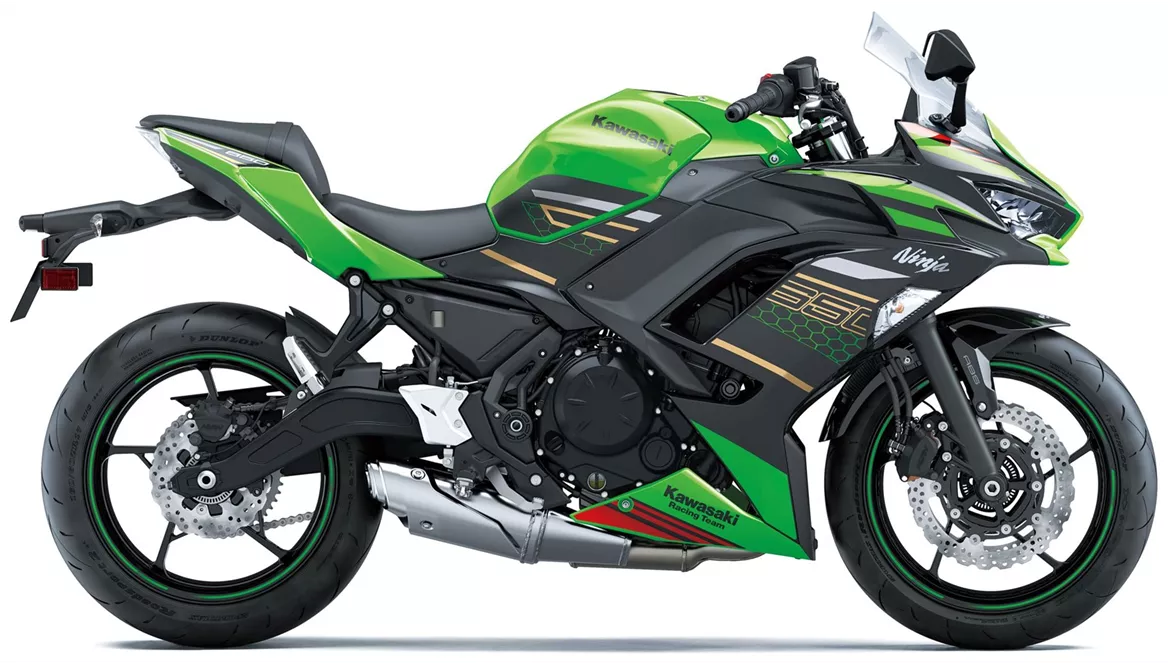
Kawasaki Ninja 650 2020
Overview - Kawasaki Ninja ZX-6R 2008 vs Kawasaki Ninja 650 2020
The Kawasaki Ninja ZX-6R model year 2008 and the Kawasaki Ninja 650 model year 2020 are both popular sport bikes from Kawasaki, but they have several key differences.
In terms of engine power, the Ninja ZX-6R 2008 boasts a powerful 125 HP engine, while the Ninja 650 2020 has a slightly less powerful 68.2 HP engine. The Ninja ZX-6R 2008 has a four-cylinder engine, whereas the Ninja 650 2020 has a two-cylinder engine. This means that the Ninja ZX-6R 2008 has more power and potentially higher top speeds compared to the Ninja 650 2020.
In terms of displacement, the Ninja ZX-6R 2008 has a 599ccm engine, while the Ninja 650 2020 has a slightly larger 649ccm engine. This means that the Ninja 650 2020 has a slightly larger engine and may have more torque and better low-end power compared to the Ninja ZX-6R 2008.
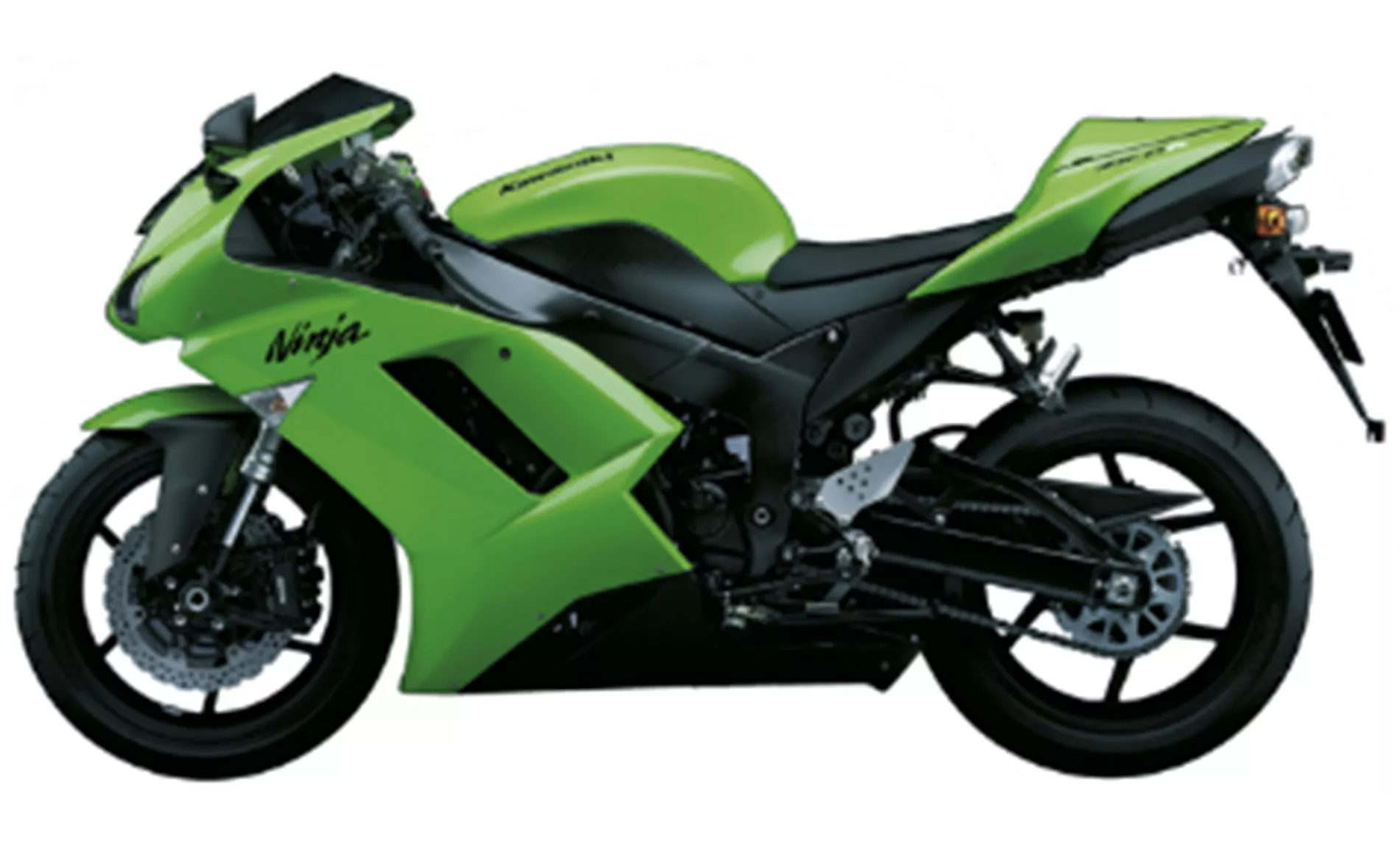
Kawasaki Ninja ZX-6R 2008
When it comes to dimensions and weights, the Ninja ZX-6R 2008 has a wheelbase of 1405mm, while the Ninja 650 2020 has a slightly longer wheelbase of 1410mm. The seat height of the Ninja ZX-6R 2008 is 820mm, while the Ninja 650 2020 has a lower seat height of 790mm. This means that the Ninja 650 2020 may be more suitable for shorter riders or those who prefer a lower seating position.
In terms of fuel tank capacity, the Ninja ZX-6R 2008 has a larger capacity of 17 liters, while the Ninja 650 2020 has a slightly smaller capacity of 15 liters. This means that the Ninja ZX-6R 2008 may have a longer range and require fewer fuel stops compared to the Ninja 650 2020.
Now let's compare the strengths of each model. The Ninja ZX-6R 2008 has a reduced weight, improved handling, and a more compact layout, making it agile and nimble on the road. It also features an Öhlins steering damper, which helps improve stability during high-speed maneuvers. Additionally, the Ninja ZX-6R 2008 offers a comfortable seating position and has an immaculately tuned engine, providing a thrilling riding experience.
On the other hand, the Ninja 650 2020 is one of the last of its kind, featuring a powerful two-cylinder engine. It has a comfortable seat suitable for touring, making it a great option for long rides. The Ninja 650 2020 also has compact dimensions, making it easy to maneuver in tight spaces. It features a TFT display with connectivity, allowing riders to easily access information and stay connected while on the road. Lastly, the Ninja 650 2020 has a sporty look, appealing to riders who want a stylish and aggressive-looking bike.
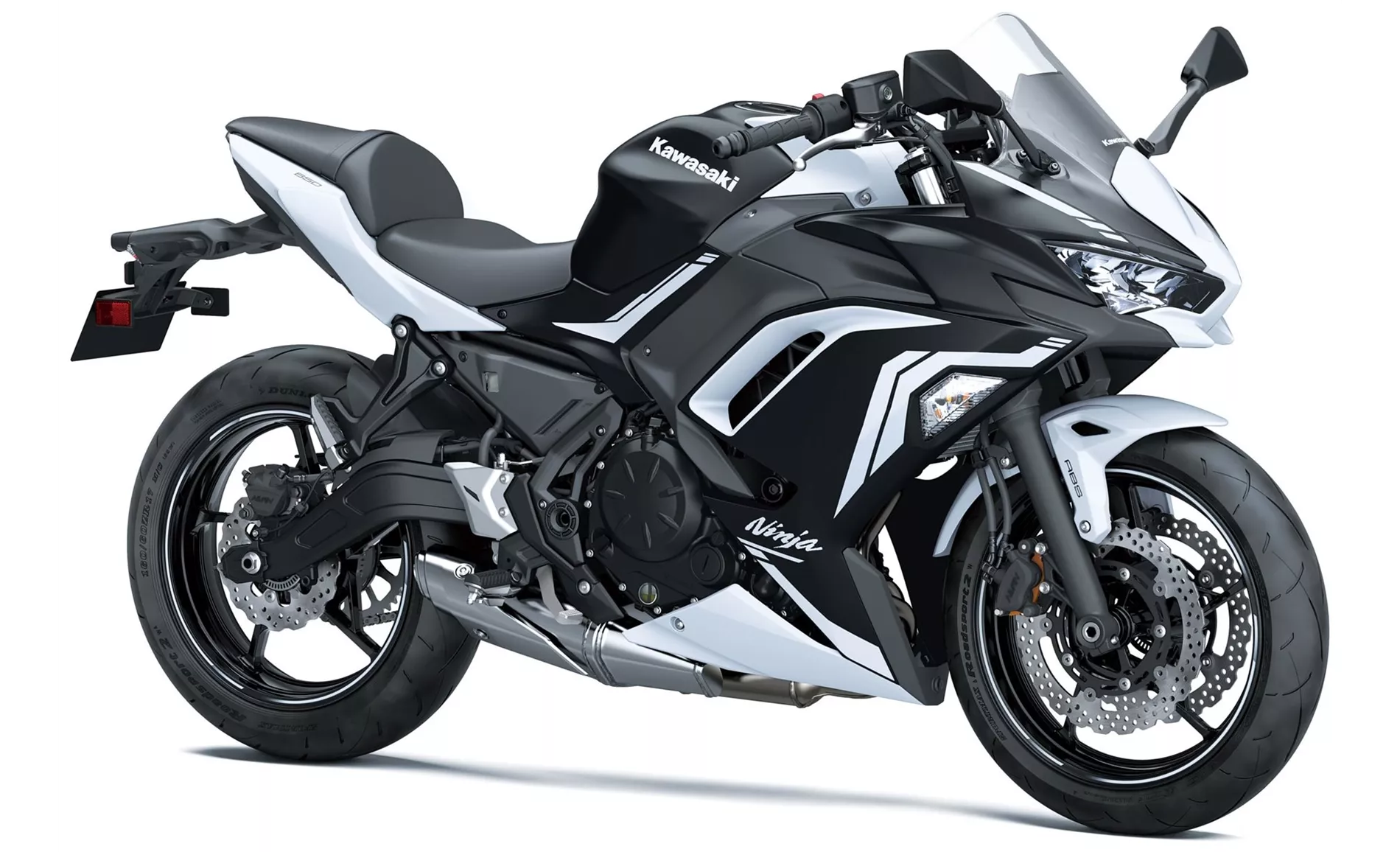
Kawasaki Ninja 650 2020
Now let's discuss the weaknesses of each model. The Ninja ZX-6R 2008 may have some stability issues, particularly in the braking zone. Additionally, the new fork on the Ninja ZX-6R 2008 requires tolerances to be maintained over the entire surface of the immersion tube, which may require more maintenance and attention.
On the other hand, the Ninja 650 2020 may not be suitable for taller riders, as it may feel too dainty. It may also have some issues with the front brake pressure point, which could affect braking performance. Lastly, the Ninja 650 2020 may have limited suitability for touring with two people, as it may not provide enough comfort or space for both riders.
In conclusion, the Kawasaki Ninja ZX-6R 2008 and the Kawasaki Ninja 650 2020 are both impressive sport bikes with their own strengths and weaknesses. The Ninja ZX-6R 2008 offers more power and a higher top speed, while the Ninja 650 2020 provides a comfortable touring experience and a sporty look. Riders should consider their preferences and riding needs when choosing between these two models.
Technical Specifications Kawasaki Ninja ZX-6R 2008 compared to Kawasaki Ninja 650 2020
Pros and Cons in comparison
Pros and Cons in comparison
Kawasaki Ninja ZX-6R 2008
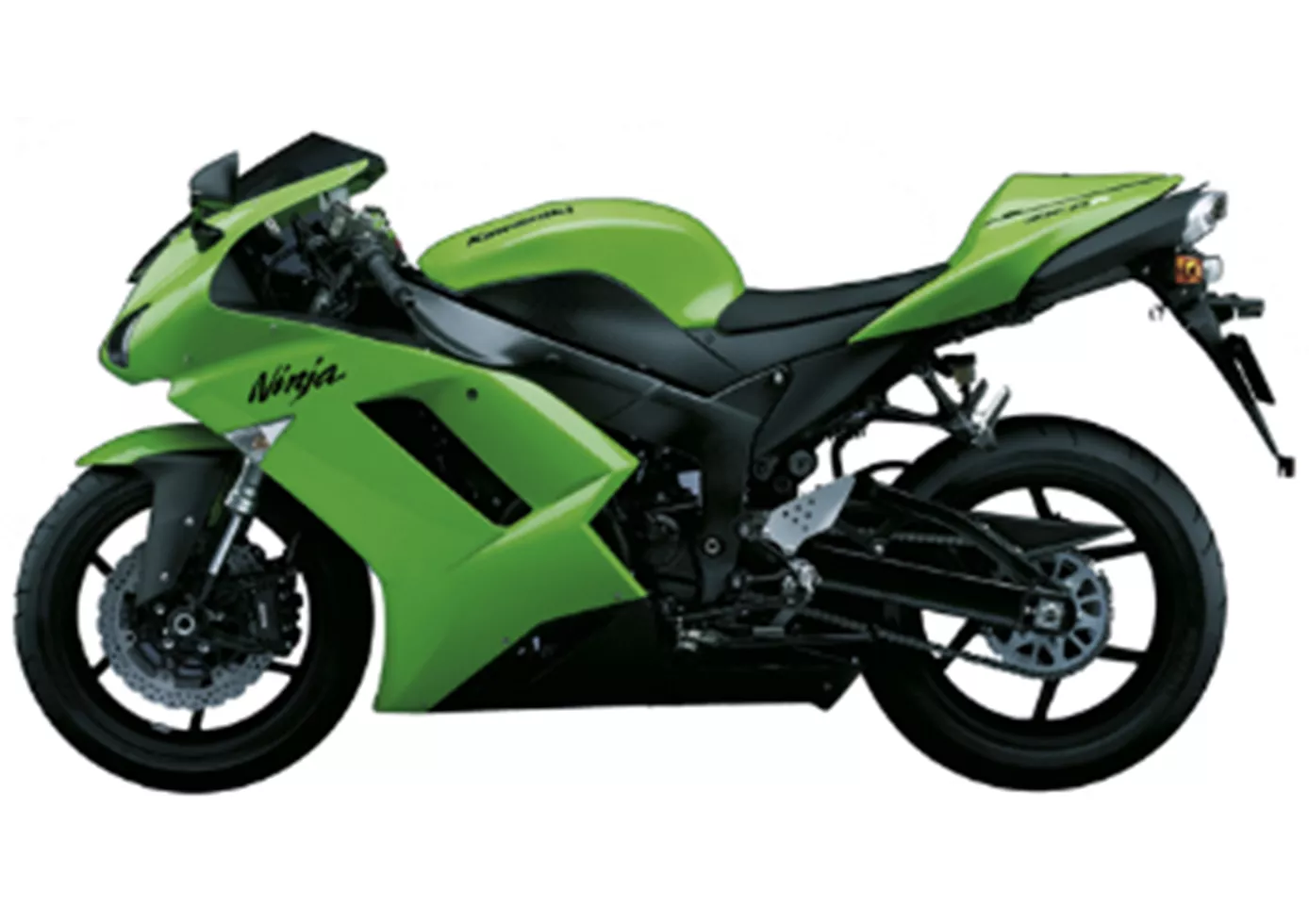
La Kawasaki se montre sensiblement plus souple qu'auparavant. Il ne lui manque absolument rien pour la piste de course. Amortisseur de direction, anti-hopping, châssis, moteur - tout est prêt. La seule différence est que la moto n'est plus aussi stable qu'avant, l'arrière semble plus léger qu'avant dans les zones de freinage.
Kawasaki Ninja 650 2020
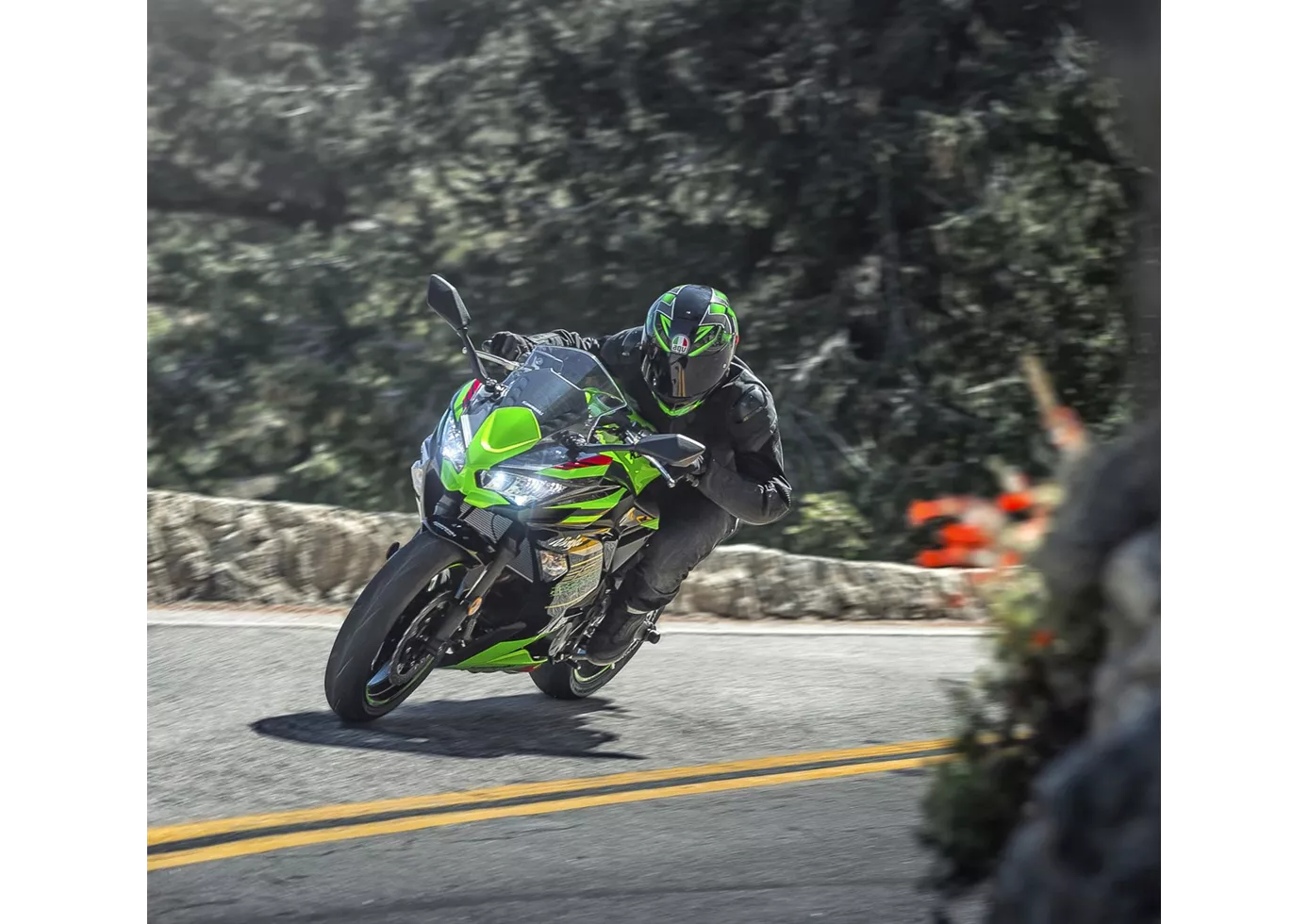
Sauvez les motos de tourisme sportif ! Kawasaki réalise avec la Ninja 650 une représentante exemplaire de cette catégorie et veille ainsi (espérons-le) à résoudre le problème de la relève. Le châssis stable et le bon bicylindre enthousiasment aussi bien les débutants que les pilotes confirmés, même à un rythme plus soutenu. Le frein avant a été un peu trop bien pensé : malgré une bonne puissance de freinage, il manque un point de pression transparent. Le plus est l'écran TFT, que nous ne trouvons pas encore chez la concurrence, ainsi que le look adulte qui s'oriente fortement vers les modèles Ninja plus grands.
Price Comparison Avarage Market Price Kawasaki Ninja ZX-6R vs Kawasaki Ninja 650
There are a few key differences between a Kawasaki Ninja ZX-6R 2008 and a Kawasaki Ninja 650 2020. It takes less time to sell a Kawasaki Ninja ZX-6R with 57 days compared to 75 days for a Kawasaki Ninja 650. Since model year 2005 1000PS.de editors have written 37 reviews for the Kawasaki Ninja ZX-6R and 20 reviews for the Kawasaki Ninja 650 since model year 2017. The first review for the Kawasaki Ninja ZX-6R was published on 9/2/2002 and now has more than 5,800 views. This compares to more than 79,600 views for the first review on Kawasaki Ninja 650 published on 10/4/2016.
